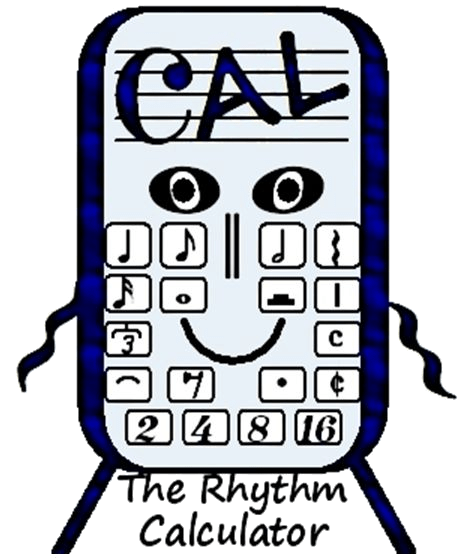Presto from Haydn’s Baryton Trio
Without a doubt, Austrian Classical Period composer, Franz Joseph Haydn (1736-1809) is my favorite composer. As a fun example of music written in compound-time, I have arranged the Presto movement from one of his Baryton Trios in A Major.
Do you know what a Baryton is?
The Baryton is a relative of the viol family with 6 or 7 bowed strings, frets and additional wire strings that on occasion, were plucked. Primarily, the extra strings served to enhance the instrument’s resonance. This shared resonance phenomenon, is called Sympathetic Vibration. You may have noticed that when other instruments produce sound, your
instrument shakes in response to their vibrations at the same time.
Prince Esterhazy was a skilled amateur musician and played the Baryton as his favorite instrument. Haydn wrote many pieces for Prince Esterhazy’s enjoyment, including 120 Trios for Baryton, Viola and Cello.
Although beginning as a singer, often struggling to make ends meet as a “street-serenader”, Haydn persevered and eventually achieved a highly successful career. Haydn wrote over 100 symphonies, many operas and numerous pieces of fantastic chamber music.
The Esterhazy family in Hungary, recognized Hadyn’s great talent. Prince Esterhazy employed Haydn as a court musician for over 30 years. One of the perks of Haydn’s position, was that the Esterhazy family had their own in-house orchestra!
As a prolific composer, it was the perfect match for Franz. It is documented that Haydn’s fellow musicians enjoyed working with him a great deal and respectfully called him “Papa Haydn.”
Due to his large contribution in the development of musical composition form, Franz Joseph Haydn is often referred to as “The Father of the Symphony” and also “The Father of the String Quartet.”

Now, it’s time to learn arrangement details.
- KEY: A Major (A B C# D E F# G# A)
- METER: 6 – 8 (Compound-Time)
- SCORING: Three Parts for each instrument
- TEMPO: Presto
- STYLE: Classical Period [4 measure balanced phrases]
In Compound-Time, 3-beat units are combined. 6 – 8, has two groups of 3 eighth notes.

Since the tempo is Presto, 6 – 8 is conducted in TWO. (1-2)
The arrangement begins with an 8th note up-beat and is repeated 3 times.
Enjoy Steps’ spirited arrangement of Haydn’s Baryton Trio.










